System desing:
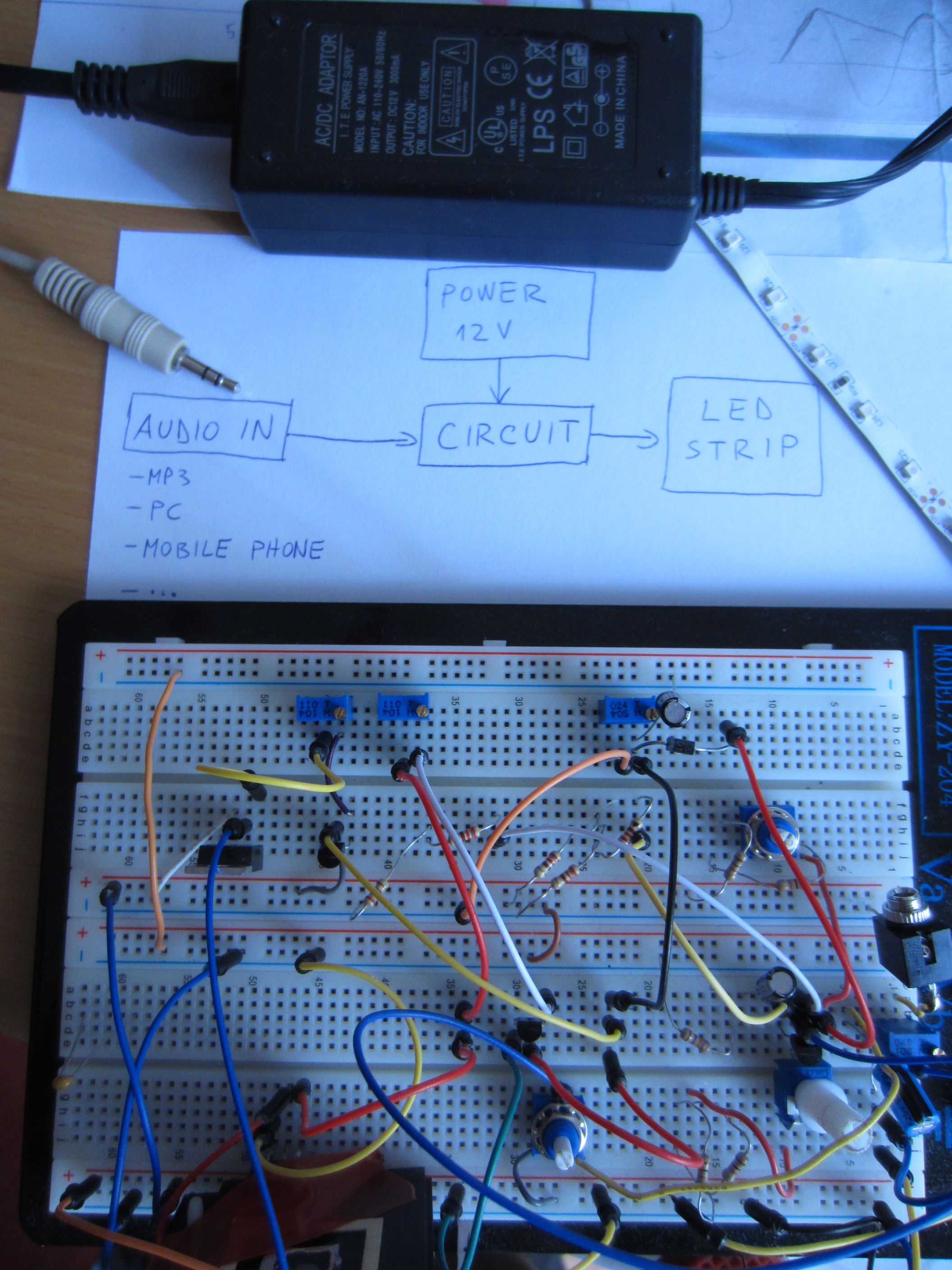
Audio signal is fed to the circuit. Circuit amplifies the signal with two bc547b NPN-transistors. This signal is then connected to the base of tip102 transistor, which determines amount od current to the LED strip.
Possible problems:
-when I disconnect audio from the circuit, speakers deliver better sound. I don't know how to fix this.
-values of resistors and capacitors could be choosen better. This needs experimenting.
-tip102 could be replaced with higher gain NPN transistor.
-10k potentiometer doesn't work good.
-music on the computer must be at full volume.
I will put this project into an enclosure when I am happy with it. This is not now.
 mattko
mattko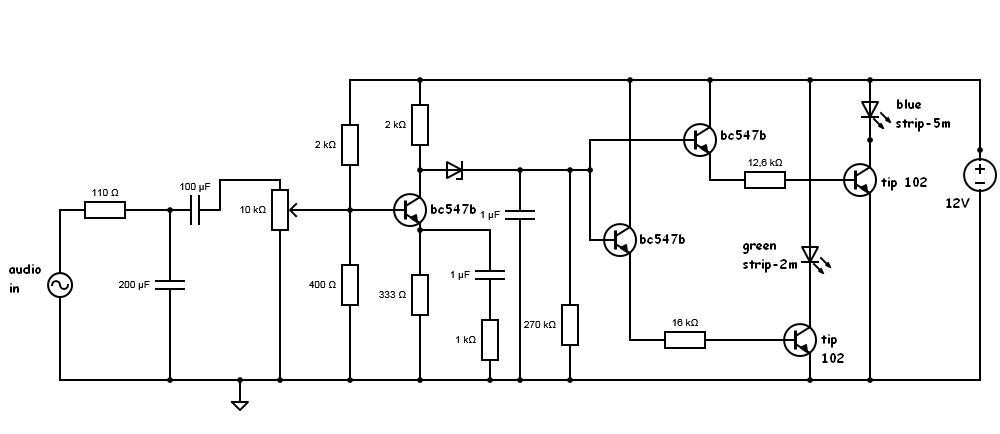
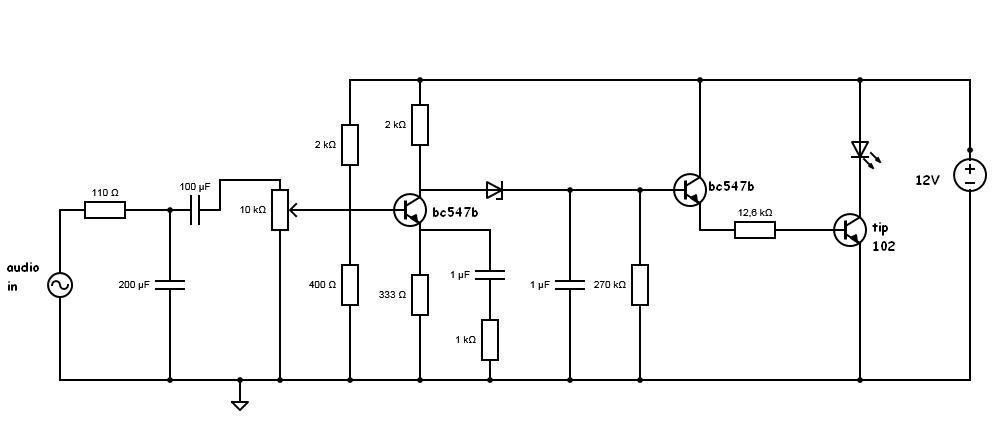
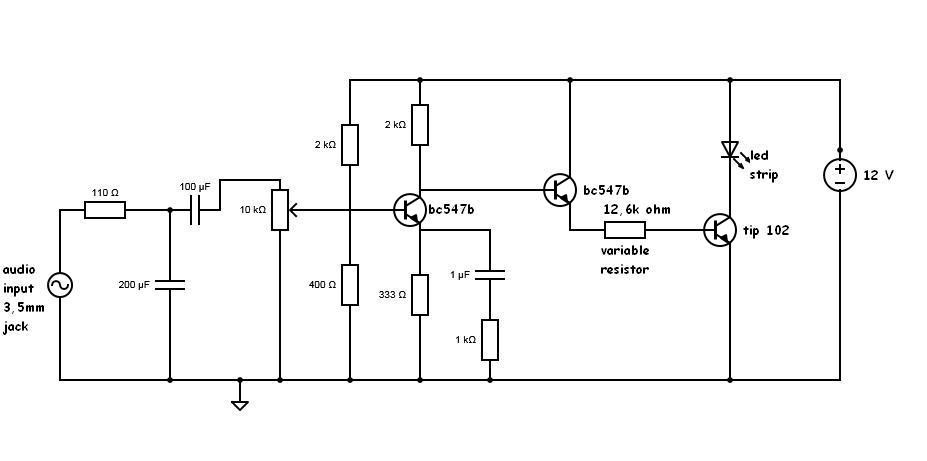
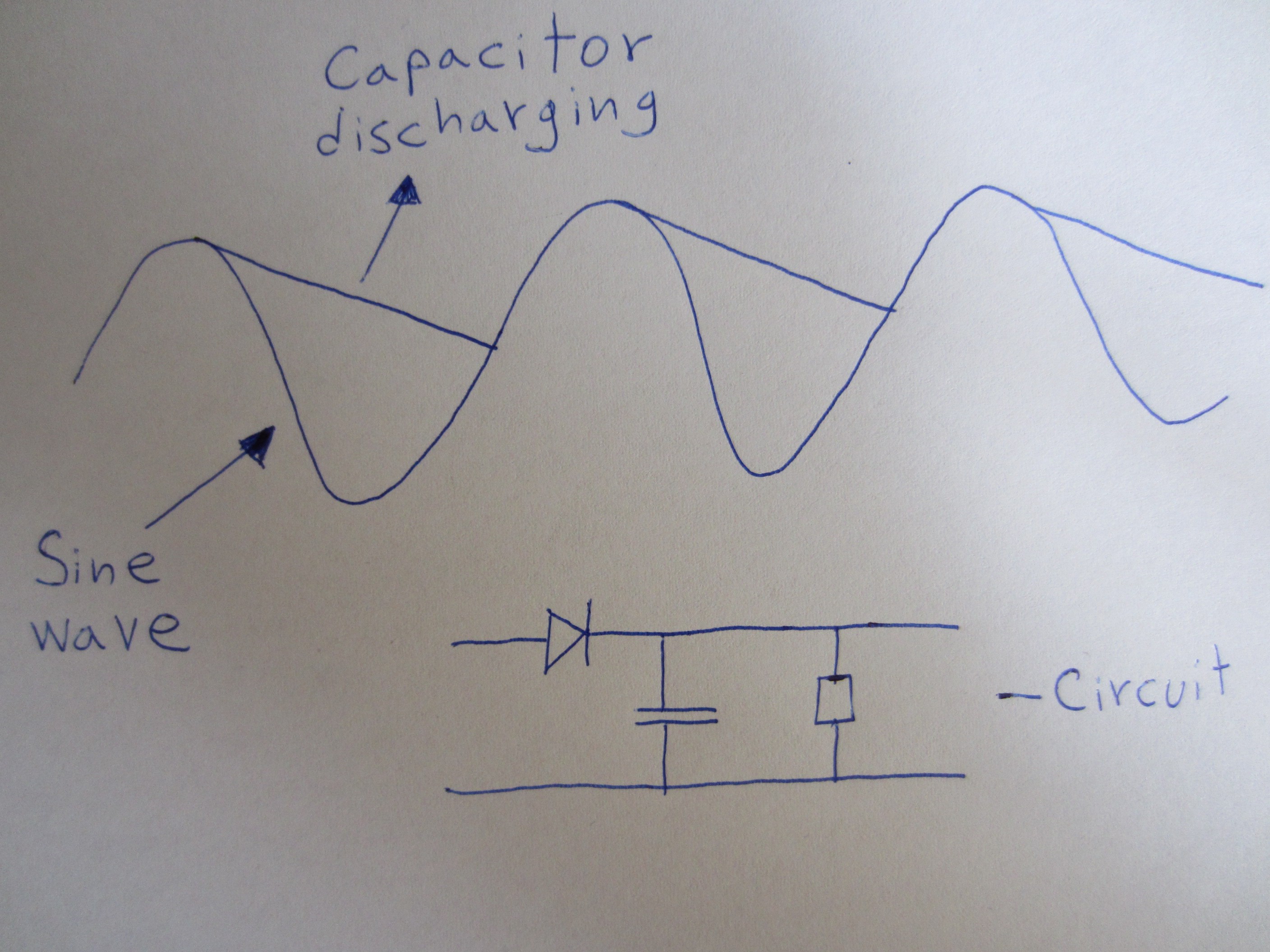 increases
brightness, beacuse LED's dont turn on and off fast with 20Hz (Lowest
bass), but stay on more time. This is beacuse capacitor gets charged,
and then discharged through resistor slower. (see picture). I didn't
succesfuly integrated this in my circuit yet.
increases
brightness, beacuse LED's dont turn on and off fast with 20Hz (Lowest
bass), but stay on more time. This is beacuse capacitor gets charged,
and then discharged through resistor slower. (see picture). I didn't
succesfuly integrated this in my circuit yet.

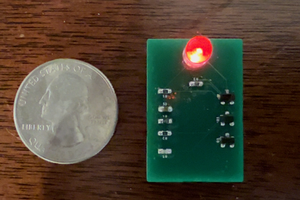
 CustomElectronics
CustomElectronics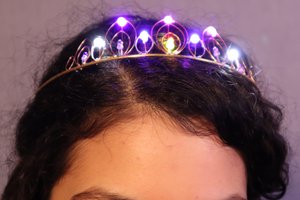
 Alexandra Covor
Alexandra Covor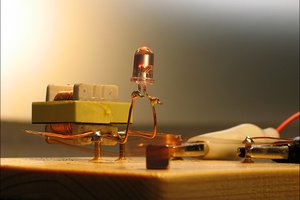
 carbono.silício
carbono.silício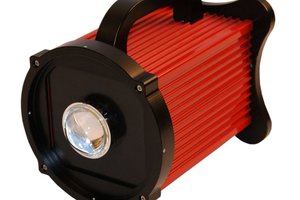
 Michael
Michael
i didn't get the exact values of resistors u used. 110-120, 2k-2.2k, 400-470, tip102-tip122, i built the circuit but its not working. please help me.